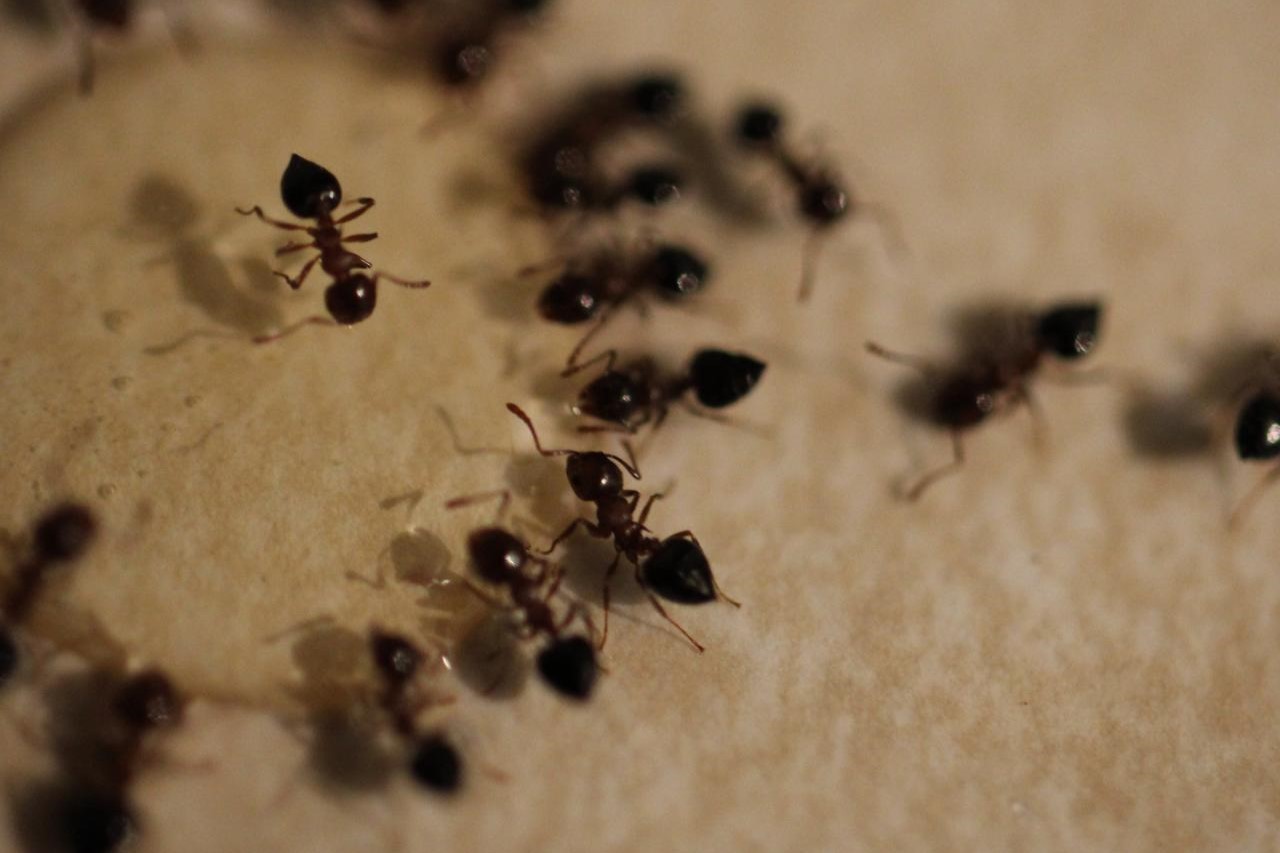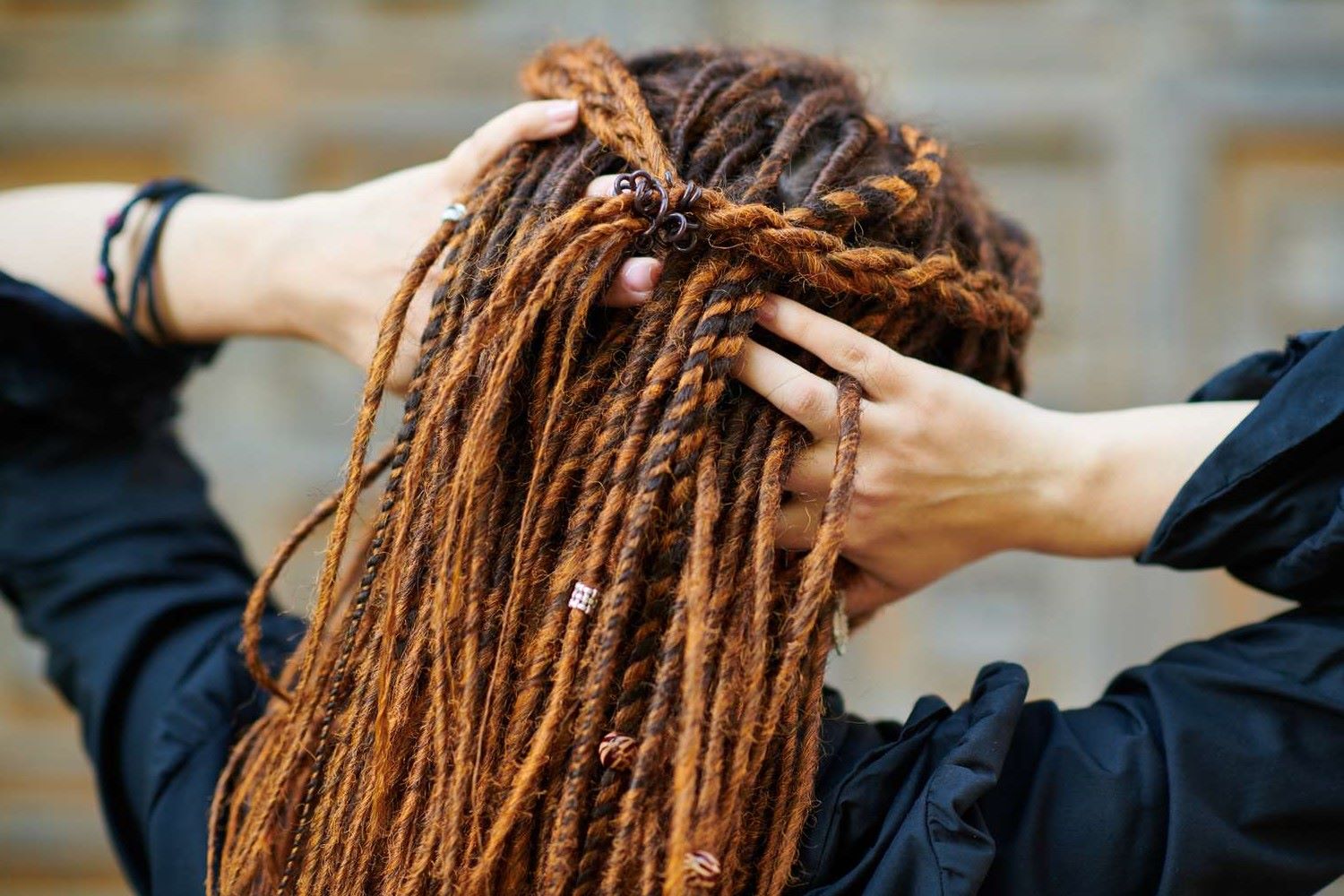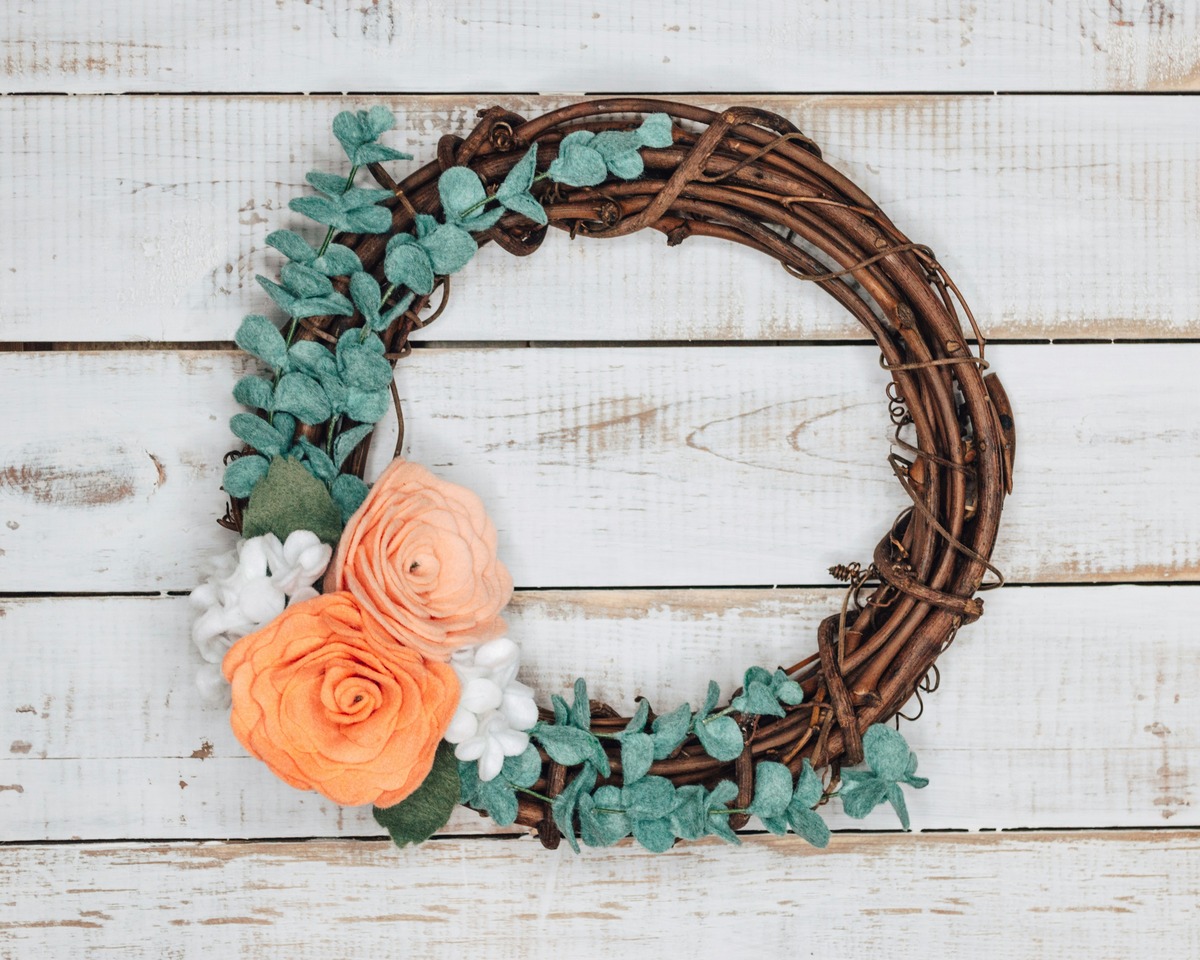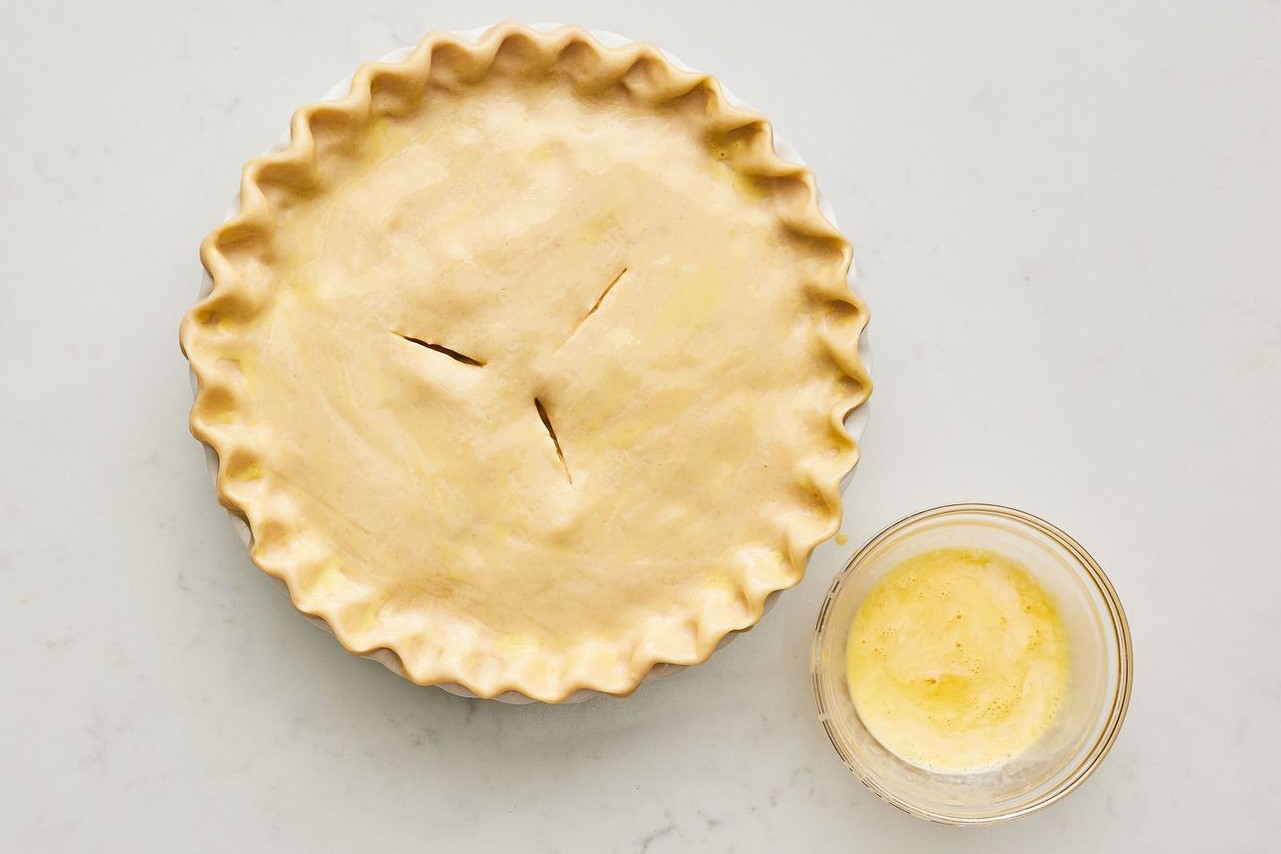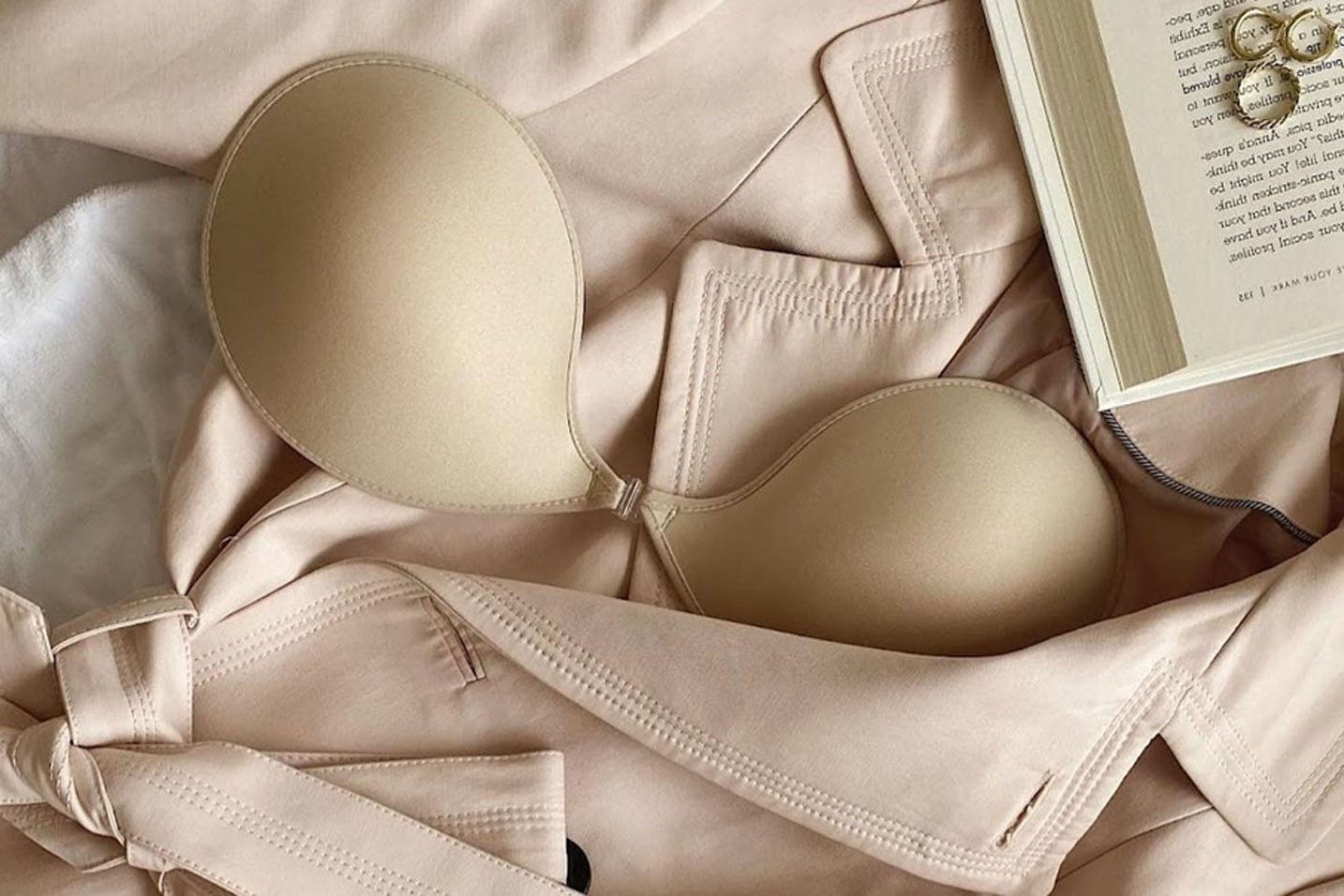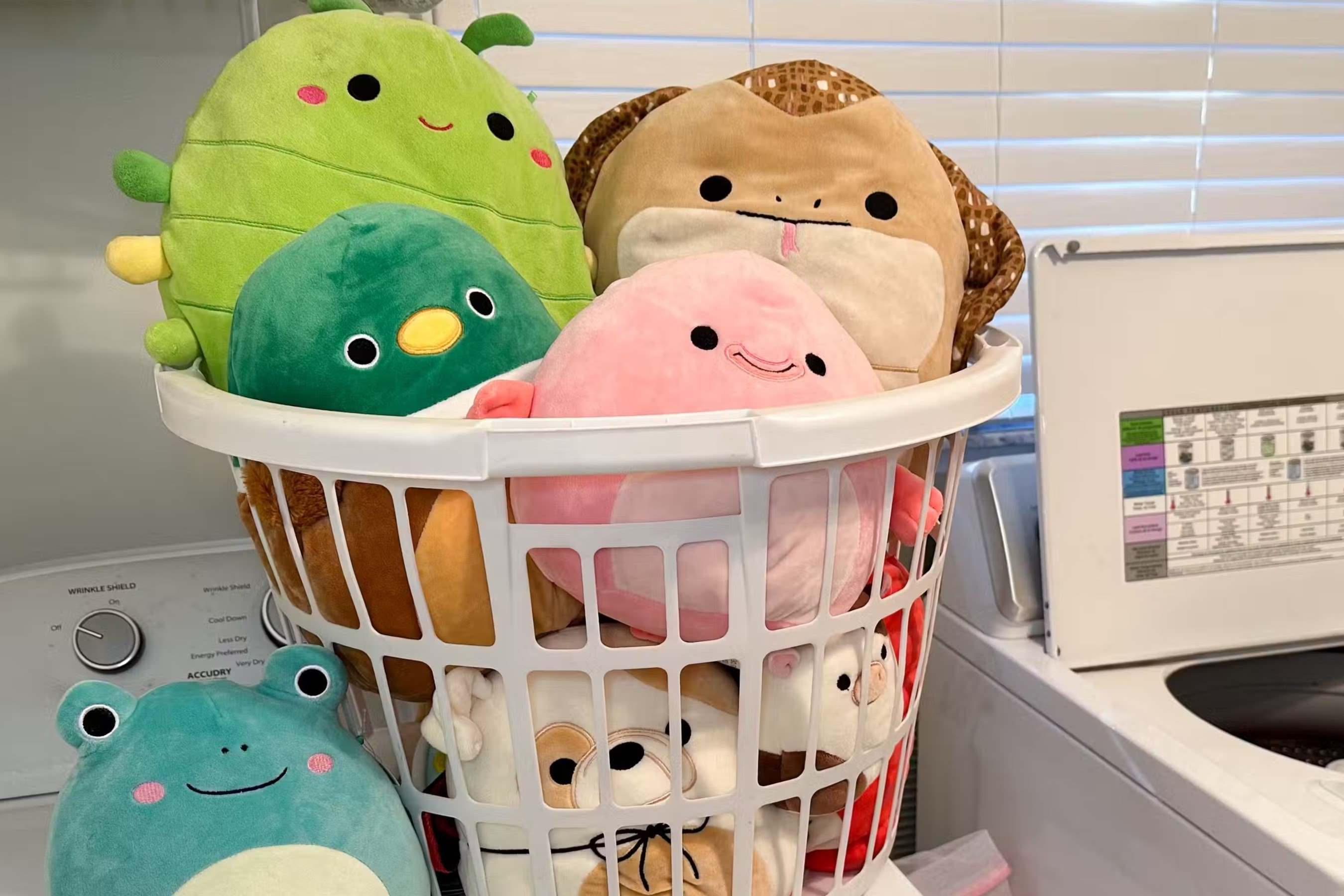Home>Lifestyle>The Ultimate Guide To Washing Dreadlocks Without Retwisting
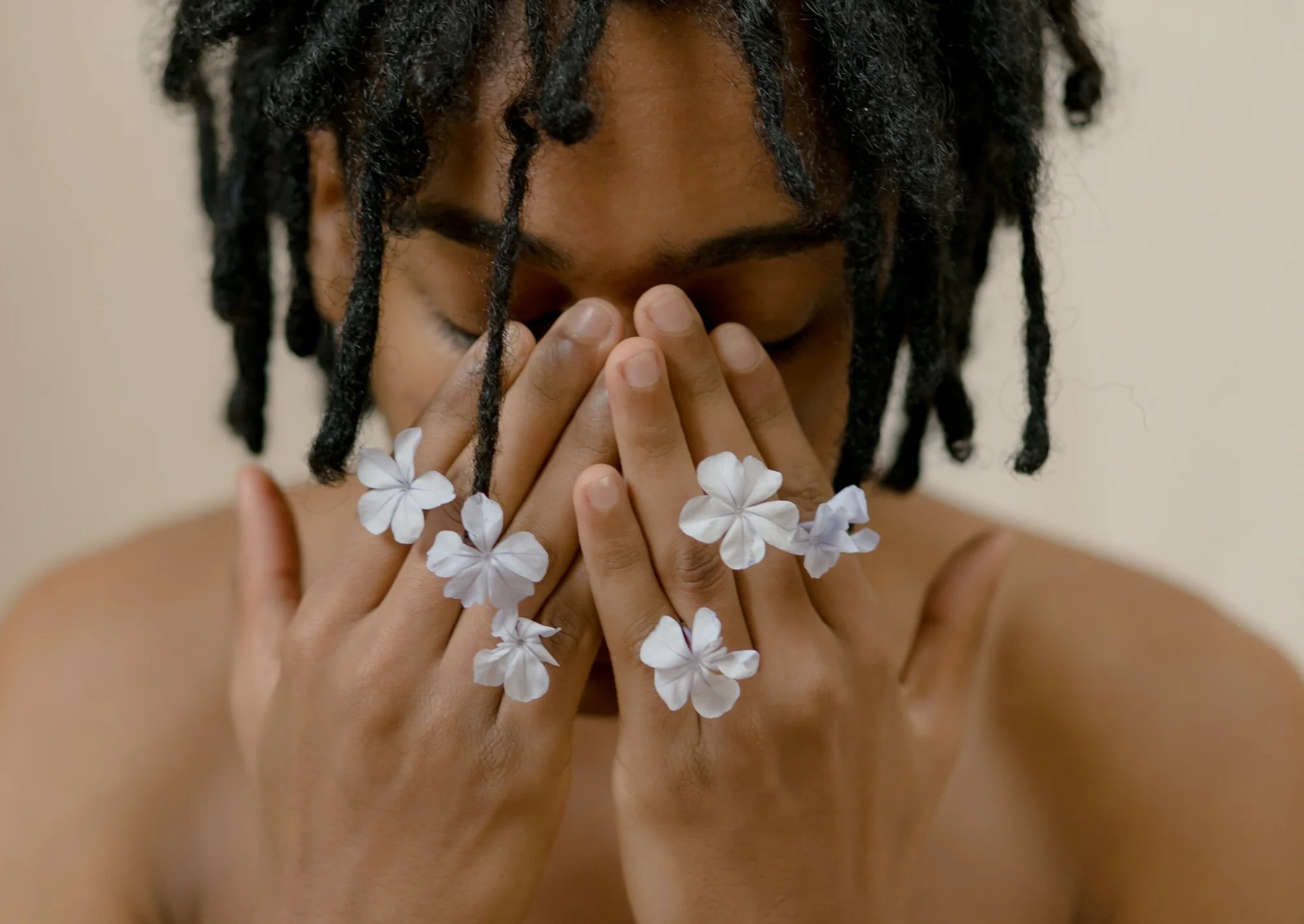

Lifestyle
The Ultimate Guide To Washing Dreadlocks Without Retwisting
Published: January 26, 2024
Discover the best techniques for washing dreadlocks without retwisting and maintaining your lifestyle with ease. Explore our ultimate guide now!
(Many of the links in this article redirect to a specific reviewed product. Your purchase of these products through affiliate links helps to generate commission for Noodls.com, at no extra cost. Learn more)
Table of Contents
Introduction
Dreadlocks, also known as dreads or locks, are a unique and versatile hairstyle that has been embraced by diverse cultures for centuries. This distinctive hairstyle is characterized by matted or braided strands of hair, which form rope-like structures.
In recent times, dreadlocks have gained widespread popularity as a symbol of individuality, cultural pride, and personal expression. Whether styled as thick, freeform locks or neat, uniform strands, dreadlocks exude a sense of confidence and self-assuredness.
Maintaining dreadlocks involves a combination of care, patience, and understanding of their unique characteristics. One essential aspect of dreadlock care is washing, which is crucial for keeping them clean and healthy. While traditional methods often involve retwisting during the washing process, there are alternative approaches that prioritize cleanliness without the need for frequent retwisting.
In this comprehensive guide, we will delve into the intricacies of washing dreadlocks without retwisting, providing valuable insights into the importance of maintaining clean dreadlocks and offering practical tips for achieving optimal results. Whether you are a seasoned dreadlock enthusiast or considering embarking on this distinctive hairstyle journey, this guide will equip you with the knowledge and techniques to care for your dreadlocks effectively.
Understanding Dreadlocks
Dreadlocks are not just a hairstyle; they are a symbol of cultural heritage, spirituality, and personal identity. They have been worn for centuries by various cultures, including the Rastafarians, ancient Greeks, and Egyptians. Dreadlocks are formed by intentionally matting or braiding sections of hair to create rope-like strands. This distinctive hairstyle can be achieved through different methods, such as the neglect method, twist and rip, backcombing, and interlocking.
The formation of dreadlocks involves the natural intertwining of hair strands, which creates a unique and textured appearance. The texture and thickness of dreadlocks can vary widely, influenced by factors such as hair type, length, and maintenance techniques. While some individuals prefer freeform dreadlocks that develop organically over time, others opt for more structured and maintained locks.
Dreadlocks are often associated with a sense of freedom, rebellion, and non-conformity. They serve as a visual representation of individuality and often carry deep personal significance for those who wear them. Additionally, dreadlocks can be adorned with decorative elements, such as beads, shells, and colorful threads, further accentuating their cultural and artistic appeal.
It is important to recognize that dreadlocks hold immense cultural and spiritual significance for many individuals and communities. They are not merely a fashion statement but a reflection of history, beliefs, and personal identity. Understanding the cultural and symbolic significance of dreadlocks is essential for appreciating the depth and diversity of this timeless hairstyle.
Whether embraced as a form of self-expression, a connection to cultural roots, or a fashion statement, dreadlocks continue to captivate and inspire individuals worldwide. Their enduring popularity and rich cultural heritage make them a fascinating and revered hairstyle, cherished by those who wear them with pride and reverence.
The Importance of Washing Dreadlocks
Washing dreadlocks is a fundamental aspect of their maintenance and overall health. Cleanliness is paramount to the well-being of dreadlocks, as it not only ensures a fresh and presentable appearance but also contributes to scalp health and the longevity of the hairstyle.
Dreadlocks have a unique structure that makes them susceptible to the accumulation of dirt, sweat, and natural oils. The intertwining of hair strands creates an ideal environment for debris to become trapped, leading to potential hygiene issues if not addressed regularly. Additionally, the scalp underneath dreadlocks can be prone to buildup and irritation if proper cleansing is neglected.
Regular washing of dreadlocks helps to remove impurities, excess oils, and product residue that can weigh down the hair and contribute to an unkempt appearance. Furthermore, clean dreadlocks are more pleasant to touch and are less likely to emit unpleasant odors, enhancing overall comfort and confidence.
Beyond aesthetic considerations, maintaining clean dreadlocks is crucial for scalp health. A clean scalp promotes optimal hair growth and minimizes the risk of scalp conditions such as dandruff or itchiness. By ensuring that the scalp remains clean and free from buildup, individuals with dreadlocks can experience improved comfort and a healthier environment for their hair to thrive.
In the context of dreadlock maintenance, washing plays a pivotal role in preserving the integrity of the hairstyle. Proper cleansing helps to prevent the development of mold or mildew, which can pose significant challenges to the health and appearance of dreadlocks. By keeping the hair and scalp clean, individuals can mitigate the risk of undesirable issues that may arise from neglecting proper hygiene practices.
Ultimately, the importance of washing dreadlocks extends beyond surface-level cleanliness; it encompasses the well-being of both the hair and scalp. By incorporating regular washing into a comprehensive dreadlock care routine, individuals can uphold the integrity of their hairstyle while promoting a hygienic and comfortable environment for their hair to flourish.
The Retwisting Process
Retwisting is a common maintenance practice for individuals with dreadlocks, especially those seeking to maintain a neat and uniform appearance. This process involves the manipulation of dreadlocks to encourage new hair growth to integrate with the existing locks, resulting in a tidier and more refined look. The frequency of retwisting varies depending on individual preferences and the desired aesthetic outcome.
The retwisting process typically begins with the application of a suitable locking gel or wax to the base of each dreadlock. This product helps to bind new hair growth to the existing locks and provides a medium for shaping and defining the dreadlocks. Once the locking gel or wax is applied, the dreadlocks are carefully twisted in a clockwise or counterclockwise motion, depending on the preferred method and the natural pattern of the hair.
During the retwisting procedure, attention is paid to maintaining consistent tension and ensuring that the dreadlocks are twisted evenly from the roots to the tips. This meticulous approach contributes to the uniformity and strength of the dreadlocks, creating a polished and well-maintained appearance. Additionally, some individuals incorporate palm rolling into the retwisting process, which involves rolling the dreadlocks between the palms to further compact and shape the hair.
After the retwisting and palm rolling are completed, the dreadlocks are left to air dry or may be gently dried using a hair dryer on a low heat setting. Once dry, the newly retwisted dreadlocks exhibit enhanced firmness and structure, showcasing a refined and well-groomed aesthetic.
It is important to note that while retwisting can contribute to a neat and uniform look, excessive manipulation and reliance on locking products may lead to buildup and potential damage to the hair and scalp. Therefore, individuals considering the retwisting process should exercise moderation and seek guidance from experienced professionals to ensure the long-term health and integrity of their dreadlocks.
In essence, the retwisting process serves as a method for maintaining the appearance and structure of dreadlocks, offering individuals the opportunity to refine and shape their locks according to their preferences. While retwisting can enhance the overall aesthetic appeal of dreadlocks, it is essential to balance this practice with proper cleansing and care to promote the health and longevity of the hairstyle.
Washing Dreadlocks without Retwisting
Maintaining clean and healthy dreadlocks without the necessity of frequent retwisting is a viable approach that prioritizes cleanliness and scalp health. This method offers an alternative to traditional maintenance practices, allowing individuals to focus on thorough cleansing without the added manipulation of the hair strands.
When washing dreadlocks without retwisting, it is essential to begin by thoroughly wetting the hair. This can be achieved by gently massaging the scalp and dreadlocks under running water, ensuring that the hair is fully saturated. The use of a shower cap or plastic bag can aid in retaining moisture and facilitating the cleansing process.
Next, applying a specialized dreadlock shampoo or residue-free clarifying shampoo is crucial for effectively removing buildup, dirt, and excess oils from the dreadlocks. It is important to work the shampoo into a lather and distribute it evenly throughout the hair, paying particular attention to the scalp and the base of the dreadlocks. Gentle massaging motions can help to dislodge impurities and promote thorough cleansing.
Rinsing the shampoo from the dreadlocks is a critical step in the washing process. It is essential to ensure that all traces of shampoo are completely removed, as residual product can lead to buildup and compromise the cleanliness of the dreadlocks. Thorough rinsing with lukewarm water helps to maintain the natural balance of the scalp and hair, preparing the dreadlocks for the next phase of the cleansing routine.
Following the shampooing and rinsing process, applying a conditioning treatment specifically formulated for dreadlocks can help to restore moisture and nourishment to the hair. It is important to focus the conditioner on the lengths of the dreadlocks while avoiding the scalp to prevent excessive oiliness. Allowing the conditioner to penetrate the hair for the recommended duration before rinsing thoroughly contributes to the overall health and manageability of the dreadlocks.
Once the conditioning treatment is complete, gently squeezing excess water from the dreadlocks and allowing them to air dry is the preferred method. Avoiding the use of heat styling tools and excessive manipulation during the drying process helps to maintain the natural texture and integrity of the dreadlocks.
By adopting a washing routine that emphasizes thorough cleansing and conditioning without the need for frequent retwisting, individuals can achieve clean, healthy, and well-maintained dreadlocks. This approach prioritizes scalp health and cleanliness, offering a practical and effective alternative for those seeking to care for their dreadlocks without the additional manipulation of the retwisting process.
Tips for Maintaining Clean Dreadlocks
-
Regular Washing Schedule: Establishing a consistent washing schedule is paramount to maintaining clean dreadlocks. Depending on individual preferences and lifestyle factors, washing dreadlocks every 1-2 weeks can help prevent the buildup of dirt, sweat, and product residue, ensuring that the hair and scalp remain fresh and hygienic.
-
Use Residue-Free Products: When selecting shampoos and conditioners for dreadlocks, opt for residue-free formulations specifically designed for this unique hairstyle. These products are formulated to effectively cleanse the hair without leaving behind residue that can contribute to buildup and dullness.
-
Focus on Scalp Cleansing: Paying attention to the cleanliness of the scalp is essential for overall dreadlock hygiene. Gently massaging the scalp during the washing process helps to dislodge impurities and maintain a healthy environment for optimal hair growth and comfort.
-
Avoid Heavy Oils and Waxes: While some dreadlock maintenance practices involve the use of locking gels, waxes, or heavy oils, it is advisable to minimize their use to prevent excessive buildup. Opt for lightweight, natural oils or specialized dreadlock products to maintain the cleanliness and manageability of the hair.
-
Thorough Drying: Ensuring that dreadlocks are thoroughly dried after washing is crucial for preventing dampness and potential mildew. Allow the hair to air dry completely, and avoid covering the damp dreadlocks with hats or scarves to promote optimal airflow and drying.
-
Protective Styling: Consider incorporating protective styles, such as wearing a satin or silk scarf at night, to safeguard dreadlocks from friction and potential dirt accumulation. Additionally, using a clean pillowcase made of these materials can help maintain the cleanliness and integrity of the dreadlocks.
-
Regular Maintenance Checks: Periodically inspect the dreadlocks for any signs of buildup, mildew, or scalp irritation. Addressing any issues promptly can prevent potential hygiene concerns and contribute to the overall cleanliness and well-being of the dreadlocks.
-
Hydrate and Nourish: Hydrating the dreadlocks with a light, water-based spray and applying nourishing oils to the ends can help maintain moisture balance and promote healthy, lustrous locks. However, it is crucial to avoid over-saturation, as excessive moisture can lead to mildew and unpleasant odors.
By integrating these tips into a comprehensive dreadlock care routine, individuals can uphold the cleanliness, health, and vibrancy of their dreadlocks, fostering a sense of pride and confidence in their unique hairstyle.
Conclusion
In conclusion, the art of maintaining dreadlocks encompasses a delicate balance of preserving cultural heritage, expressing personal identity, and prioritizing hygiene and scalp health. The journey of caring for dreadlocks without the necessity of frequent retwisting underscores the significance of cleanliness, individuality, and self-care.
By understanding the rich history and cultural significance of dreadlocks, individuals can appreciate the depth and diversity of this timeless hairstyle. From its roots in various cultures to its modern-day representation of freedom and self-expression, dreadlocks continue to captivate and inspire individuals worldwide.
The importance of washing dreadlocks cannot be overstated, as it plays a pivotal role in preserving the cleanliness, integrity, and overall health of the hairstyle. Through regular washing and the use of specialized products, individuals can maintain fresh, vibrant dreadlocks while promoting a healthy scalp environment.
While the retwisting process offers a means of shaping and refining dreadlocks, the alternative approach of washing dreadlocks without frequent retwisting provides a practical and effective method for prioritizing cleanliness and scalp health. This method allows individuals to embrace their unique hairstyle without the added manipulation of the retwisting process, fostering a sense of comfort and individuality.
By incorporating a regular washing schedule, utilizing residue-free products, and focusing on scalp cleansing, individuals can maintain clean and healthy dreadlocks while embracing their cultural and personal significance. Additionally, implementing protective styling, thorough drying, and regular maintenance checks contributes to the overall cleanliness and well-being of dreadlocks.
In essence, the journey of washing dreadlocks without retwisting embodies a holistic approach to dreadlock care, emphasizing the importance of cleanliness, individuality, and self-care. By embracing this approach, individuals can nurture their dreadlocks with pride, confidence, and a deep appreciation for the cultural and personal significance of this timeless hairstyle.


